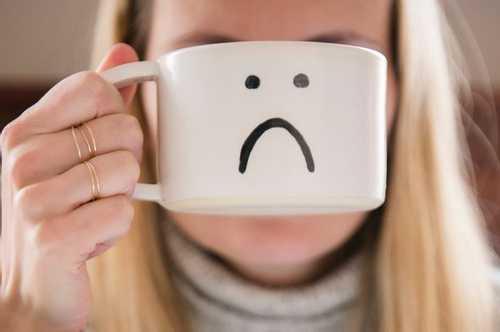Explore the World's Best Ideas
Join today and uncover 100+ curated journeys from 50+ topics. Unlock access to our mobile app with extensive features.
Caffeine worsens your anxiety
Drinks such as coffee, sodas, energy drinks, tea, and chocolate, all contain caffeine.
People who have anxiety disorders and panic disorders are generally more sensitive to the effects of caffeine. The stimulants in caffeine can mimic and heighten symptoms of anxiety when consumed in large amounts. It can rapidly increase your heartbeat or even make your body feel restless
33
294 reads
Jolts of energy from caffeine
The explanation behind the surge of energy you get from drinking coffee is: caffeine blocks the receptors that are meant to be for adenosine.
Adenosine plays a number of bodily functions, but during our bodies' waking hours it builds up in the receptors which causes us to feel sleepy and less alert. So, when we intake caffeinated drinks, the caffeine blocks the receptors that are meant for the adenosine to build up and also could trigger the release of adrenaline.
26
157 reads
Tracking your caffeine intake
According to the FDA, 400 milligrams of coffee is deemed to have any harmful effects on healthy adults. However, those who are pregnant and suffer from anxiety and panic disorders should drink no more than 200 milligrams per day.
If you believe that caffeine is worsening your anxiety, keep a diary with you at all times to keep track of your caffeine intake and anxiety symptoms and log them. Check your logs to see if there are any patterns that show up.
27
154 reads
Cutting back on caffeine
While coffee is one of life's simple pleasures that most of us are unable to resist, here are ways on how to cut back on caffeine intake:
- Drink gradually. Slow down and take your time while drinking coffee. If you start to experience jitters, it's time to stop.
- Change up your coffee order. You'd be surprised that a shot of espresso has less caffeine than a drip of coffee.
- Switch to decaffeinated coffee or herbal tea.
27
188 reads
IDEAS CURATED BY
Alexandria Q.'s ideas are part of this journey:
Learn more about health with this collection
Understanding the psychological rewards of bad habits
Creating new habits to replace old ones
Developing self-discipline
Related collections
Similar ideas
6 ideas
What Is Caffeine, and Is It Good or Bad for Health?
healthline.com
5 ideas
Coffee ☕️ | The Nutrition Source
hsph.harvard.edu
7 ideas
Is Coffee Good for You?
nytimes.com
Read & Learn
20x Faster
without
deepstash
with
deepstash
with
deepstash
Personalized microlearning
—
100+ Learning Journeys
—
Access to 200,000+ ideas
—
Access to the mobile app
—
Unlimited idea saving
—
—
Unlimited history
—
—
Unlimited listening to ideas
—
—
Downloading & offline access
—
—
Supercharge your mind with one idea per day
Enter your email and spend 1 minute every day to learn something new.
I agree to receive email updates


